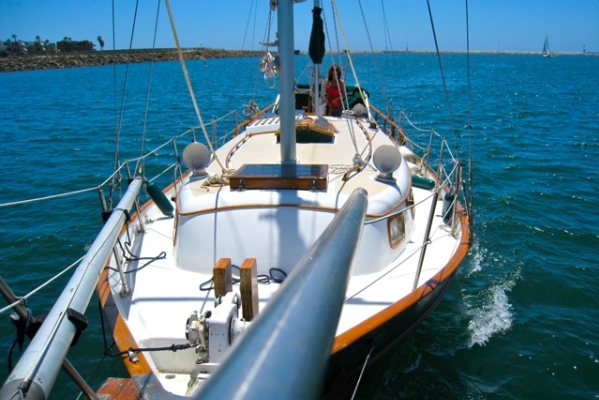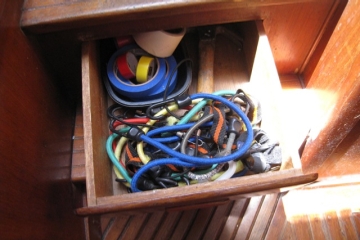
Photos courtesy of Misty Tosh
NONE OF THESE THINGS matter if you don’t understand the inner workings of your vessel and exactly what you plan on doing with it.
I’ve gone down that road three times now, going from 25’ to 30’ to 36′. If you’re thinking about making the same decision, learn from the lessons I’ve picked up while on my own personal quest for freedom.





